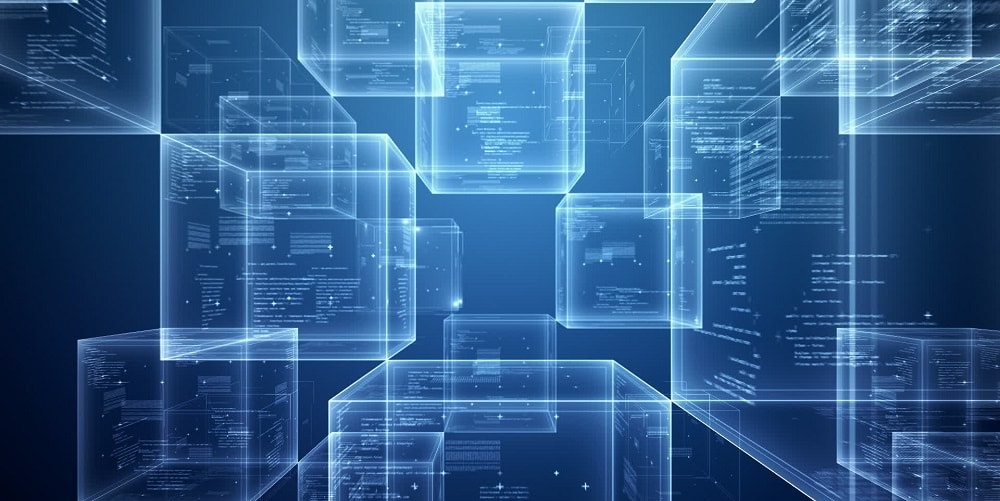Bitcoin vs blockchain - what's your kryptonite
Many people know it as the technology behind Bitcoin, but blockchain’s potential uses extend far beyond digital currencies.
Its admirers include Bill Gates and Richard Branson, and banks and insurers are falling over one another to be the first to work out how to use it.
So what exactly is blockchain, and why are Wall Street and Silicon Valley so excited about it?
- Don’t call it “the” blockchain
The first thing to know about the blockchain is, there isn’t one: there are many. Blockchains are distributed, tamper-proof public ledgers of transactions. The most well-known is the record of bitcoin transactions, but in addition to tracking cryptocurrencies, blockchains are being used to record loans, stock transfers, contracts, healthcare data and even votes.
- What are blockchains?
Currently, most people use a trusted middleman such as a bank to make a transaction. But blockchains allows consumers and suppliers to connect directly, removing the need for a third party.
Using cryptography to keep exchanges secure, blockchain provides a decentralized database, or “digital ledger”, of transactions that everyone on the network can see. This network is essentially a chain of computers that must all approve an exchange before it can be verified and recorded.
There’s no central authority in a blockchain system: Participating computers exchange transactions for inclusion in the ledger they share over a peer-to-peer network. Each node in the chain keeps a copy of the ledger, and can trust others’ copies of it because of the way they are signed. Periodically, they wrap up the latest transactions in a new block of data to be added to the chain. Alongside the transaction data, each block contains a computational “hash” of itself and of the previous block in the chain.
Hashes, or digests, are short digital representations of larger chunks of data.
Modifying or faking a transaction in an earlier block would change its hash, requiring that the hashes embedded in it and all subsequent blocks be recalculated to hide the change. That would be extremely difficult to do before all the honest actors added new, legitimate transactions—which reference the previous hashes—to the end of the chain.
- How does it work in practice?
In the case of Bitcoin, blockchain stores the details of every transaction of the digital currency, and the technology stops the same Bitcoin being spent more than once.
A second-level network
With blockchain technology, the web gains a new layer of functionality.
Already, users can transact directly with one another — Bitcoin transactions in 2016 averaged over $200,000 US per day. With the added security brought by the blockchain new internet business are on track to unbundle the traditional institutions of finance.
Goldman Sachs believes that blockchain technology holds great potential especially to optimize clearing and settlements, and could represent global savings of up to $6bn per year.
- Why is it so revolutionary?
The technology can work for almost every type of transaction involving value, including money, goods and property. Its potential uses are almost limitless: from collecting taxes to enabling migrants to send money back to family in countries where banking is difficult.
Blockchain could also help to reduce fraud because every transaction would be recorded and distributed on a public ledger for anyone to see.
View our first post on Cryptocurrency right here: https://steemit.com/steem/@mycitybynight/craigscryptojourney01-cryptocurrency-for-newbies
All words by Trevor Henry.

Very detailed and informative post
Thanks James :)
Hi! I am a robot. I just upvoted you! I found similar content that readers might be interested in:
http://www.computerworld.com/article/3054215/cloud-computing/5-things-you-should-know-about-the-blockchain.html